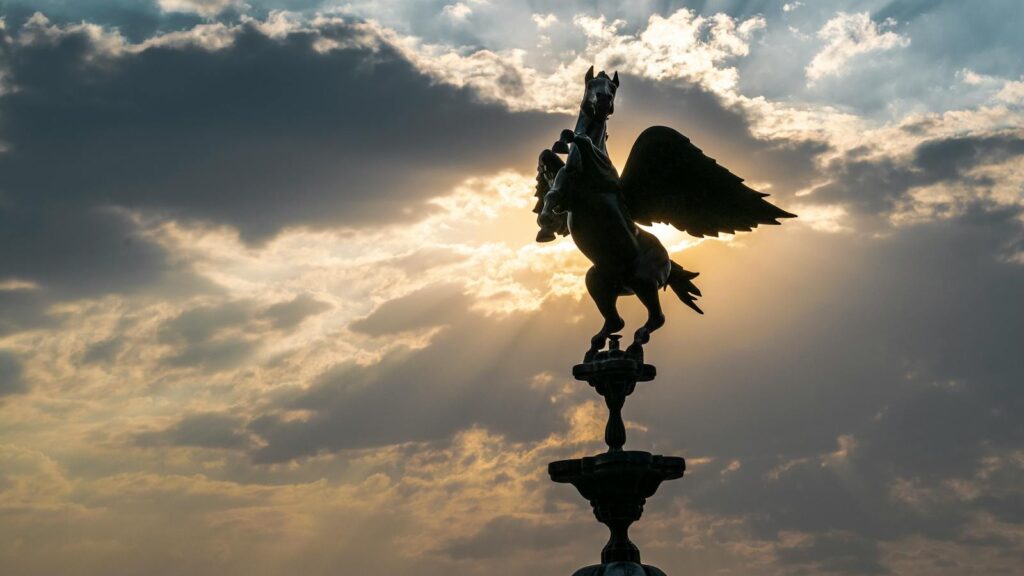The image of a majestic horse soaring through the clouds, powerful wings extended against the sky, has captivated human imagination across millennia and continents. Winged horses represent one of the most enduring mythological creatures in world folklore, symbolizing freedom, transcendence, and the bridge between earthly and divine realms. From the famous Greek Pegasus to lesser-known flying equines of Asian and Indigenous mythologies, these magnificent beings have galloped through our collective consciousness for thousands of years. Their stories reflect cultural values, spiritual beliefs, and the universal human desire to transcend physical limitations. This exploration of winged horses from various cultures reveals not just fascinating tales, but also insights into how different societies conceptualized power, inspiration, and the relationship between humans and the divine through these magnificent mythological creatures.
Pegasus: The Quintessential Winged Horse of Greek Mythology
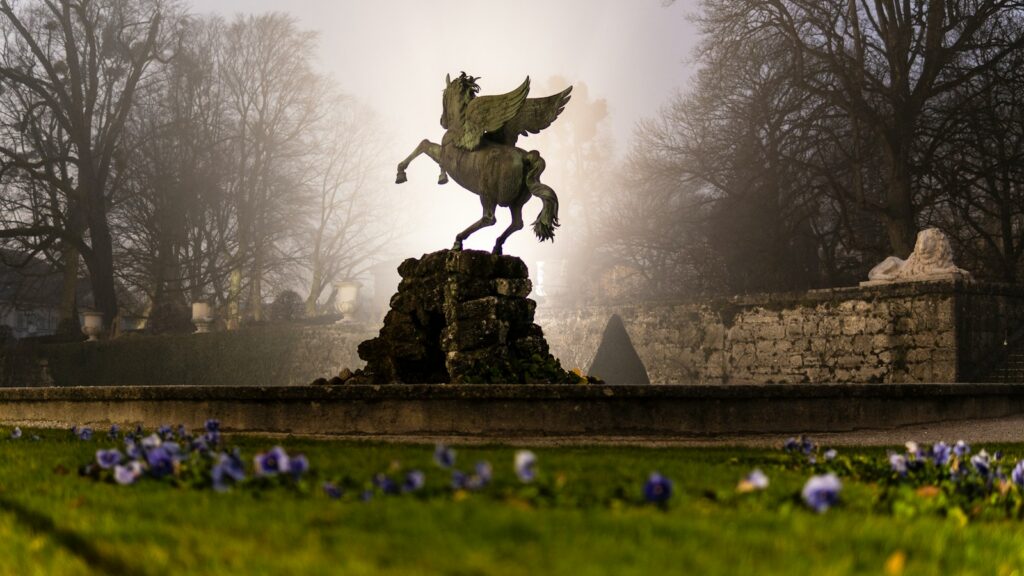
Pegasus stands as perhaps the most recognizable winged horse in world mythology, born from the blood of the Gorgon Medusa when the hero Perseus beheaded her. This magnificent white stallion with feathered wings represented divine inspiration and the connection between earth and Olympus in Greek mythology. His most famous tale involves the hero Bellerophon, who captured Pegasus with the help of Athena’s golden bridle and rode him to defeat the monstrous Chimera. Their partnership ended tragically when Bellerophon, overcome with hubris, attempted to fly Pegasus to Mount Olympus uninvited, causing Zeus to send a gadfly to sting the horse, throwing the presumptuous hero back to earth while Pegasus continued to the realm of gods. Eventually, Zeus transformed Pegasus into a constellation, where he remains visible in the night sky as a lasting symbol of poetic inspiration and divine connection.
The Symbolic Meaning of Pegasus in Ancient Greece
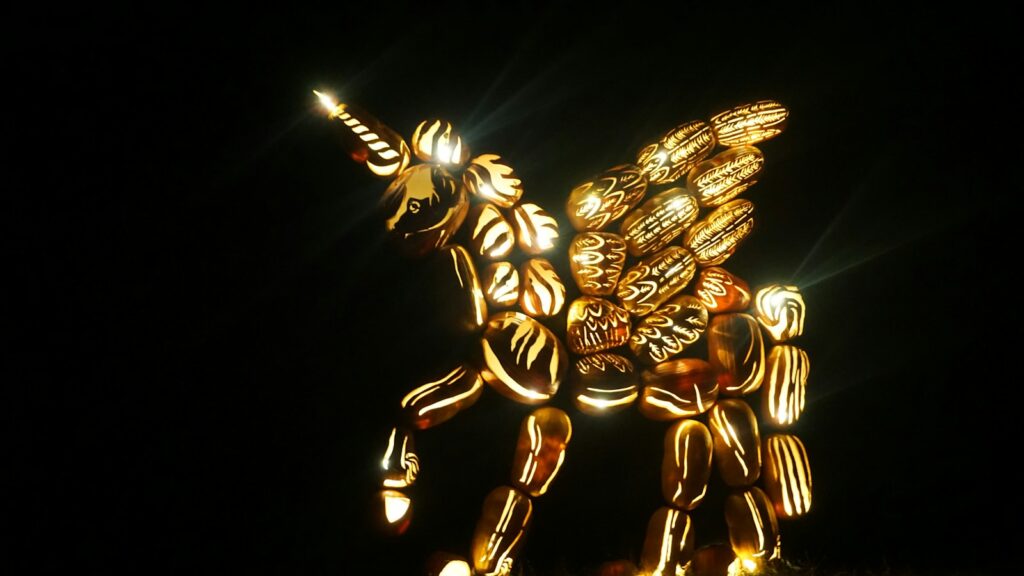
Beyond his literal mythology, Pegasus held profound symbolic significance in ancient Greek culture as an emblem of wisdom and fame. His creation from Medusa’s blood—where death gave birth to beauty and freedom—represented the transcendent power of art and inspiration arising from darkness. The Muses, goddesses of arts and sciences, claimed Pegasus as their own after he struck Mount Helicon with his hoof, creating the Hippocrene spring whose waters bestowed poetic inspiration upon those who drank from it. This connection to artistic inspiration made Pegasus a patron symbol for poets and philosophers, representing the flights of imagination necessary for creative thought. Additionally, his image appeared on ancient coins from Corinth, suggesting his importance as a civic symbol of freedom and divine favor, while his eventual transformation into a constellation reflected the Greek belief that extraordinary beings could achieve immortality through their deeds and divine recognition.
Al-Buraq: The Islamic Celestial Steed
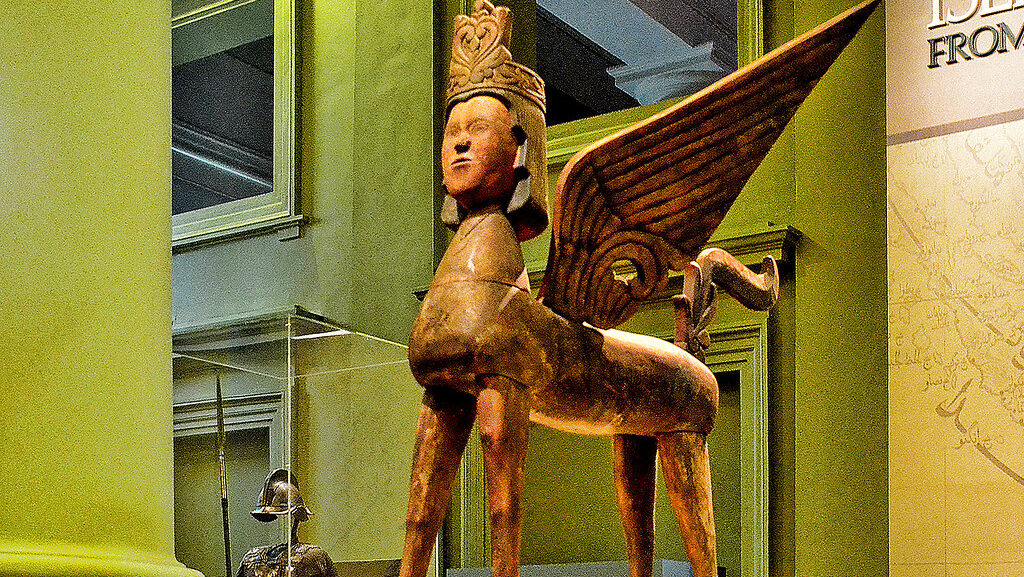
In Islamic tradition, Al-Buraq occupies a special place as the magnificent mount that carried the Prophet Muhammad during the Night Journey (Isra and Mi’raj) from Mecca to Jerusalem and then through the seven heavens. Though sometimes described as having a human face, the body of a horse, and beautiful wings, Al-Buraq’s appearance varies across different Islamic artistic interpretations while maintaining its essential nature as a divine transportation between realms. Unlike Pegasus who remained wild until tamed by a hero, Al-Buraq was sent specifically by Allah as a divine gift to facilitate Muhammad’s spiritual journey, emphasizing the creature’s role as a bridge between the physical and spiritual worlds. The name “Al-Buraq” derives from the Arabic word for lightning, reflecting the incredible speed at which this celestial steed could travel—it is said each stride could reach as far as the eye could see. This beautiful creature represents not only divine favor but also the speed at which spiritual enlightenment and revelation can transform the human experience.
Tianma: The Celestial Horses of Chinese Mythology
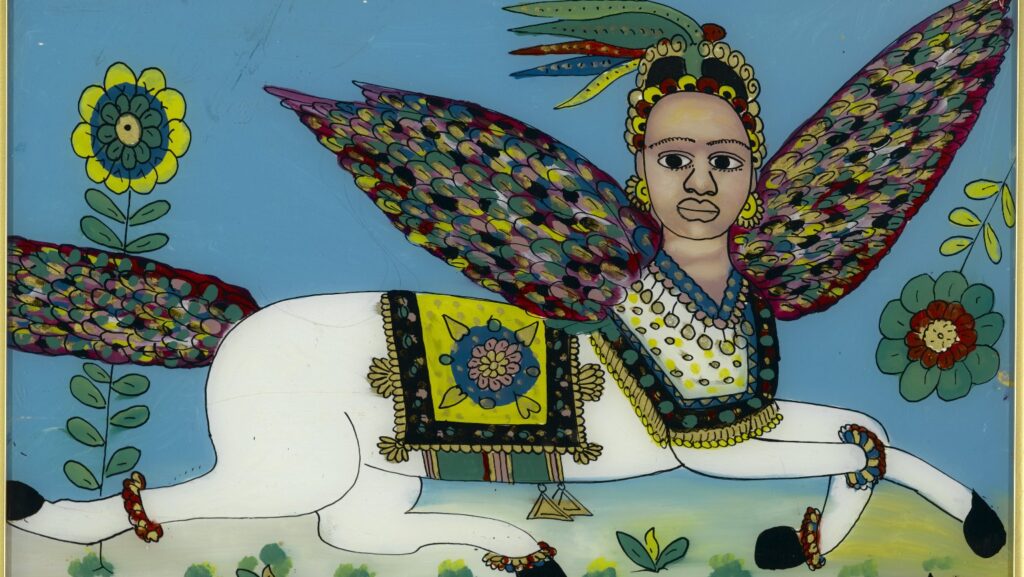
Chinese mythology celebrates Tianma, the celestial horses that carry divine beings through the heavens and serve as potent symbols of imperial power and good fortune. These magnificent creatures differ from Western winged horses in that they sometimes possess dragon-like qualities, reflecting the dragon’s supreme importance in Chinese cosmology, and may ascend to the skies through magical abilities rather than physical wings. Emperor Wu of Han Dynasty (156-87 BCE) particularly venerated these heavenly steeds, believing they were connected to the mythical “blood-sweating” horses from the kingdom of Fergana, prized for their speed and endurance. In Chinese art, celestial horses often appear surrounded by clouds or flames, sometimes with dragon scales or small wings, representing the perfect harmony of strength, grace, and supernatural power. Their presence in tomb art, imperial regalia, and literary works throughout Chinese history demonstrates how these divine equines symbolized not only transcendence but also the emperor’s divine mandate and connection to heavenly realms.
Valkyries’ Steeds: The Flying Horses of Norse Mythology
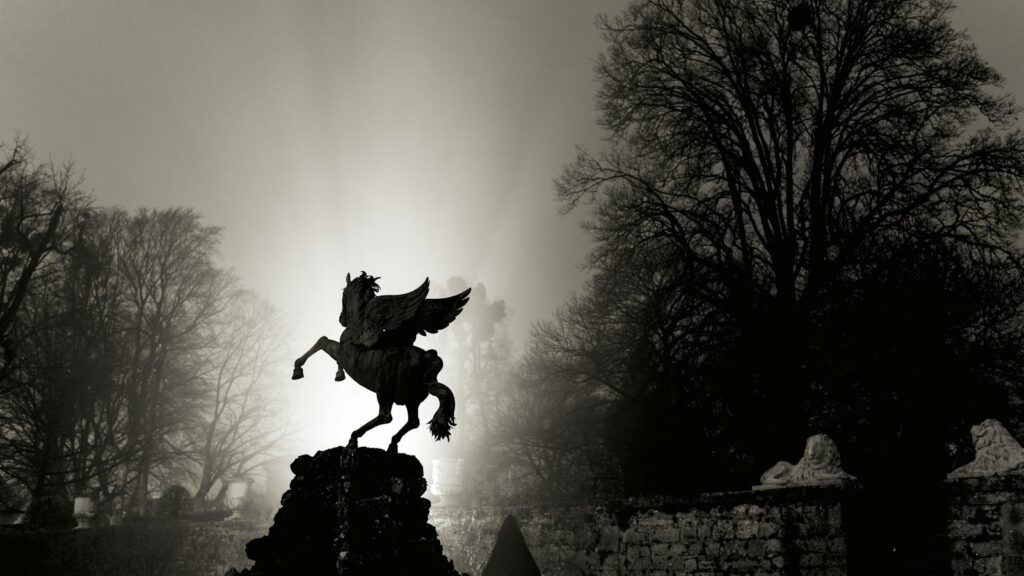
The formidable Valkyries of Norse mythology rode upon magnificent flying horses as they fulfilled their sacred duty of selecting fallen warriors worthy of entering Valhalla. These steeds possessed the unique ability to gallop through air and across water with equal ease, their manes sometimes described as shedding light or dew as they traveled between realms. Unlike many other mythological flying horses, the Valkyries’ mounts were deeply integrated into the Norse concept of battle and the afterlife, carrying the chosen slain to Odin’s hall where they would prepare for Ragnarök. Some tales suggest these horses could understand human speech and demonstrated fierce loyalty to their Valkyrie riders, creating a powerful partnership that bridged the mortal and divine worlds. The image of a Valkyrie astride her flying steed became one of the most enduring symbols of Norse mythology, representing both the glory and terror of battle as well as the promise of an honorable afterlife for those who died with courage.
The Tulpar: Central Asian Winged Protector
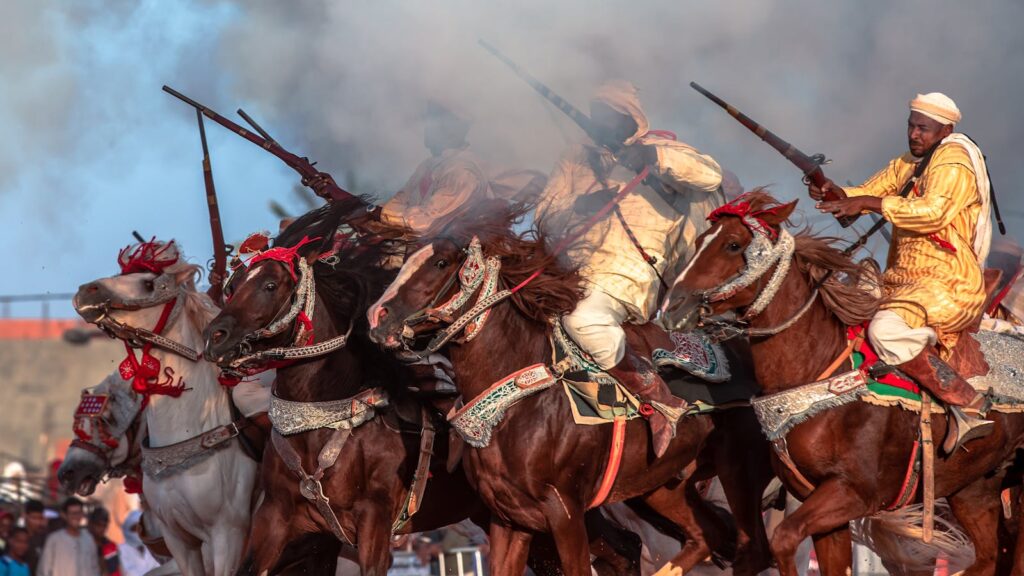
The Tulpar holds a revered position in the mythologies of Turkic and Mongolic peoples across Central Asia as a powerful winged horse that serves as a protector and spiritual guide. This magnificent creature appears in the national emblems of Kazakhstan, Kyrgyzstan, and Mongolia, reflecting its cultural significance as a symbol of freedom, fortitude, and the nomadic spirit essential to these historically pastoral societies. According to folklore, the Tulpar could traverse vast distances without tiring and possessed wisdom to guide riders through both physical journeys and spiritual challenges. Unlike Greek mythology where Pegasus interacted primarily with heroes and gods, the Tulpar’s stories often involve ordinary people receiving its protection or guidance during times of great need, demonstrating its role as a mediator between the human and spiritual realms. The Tulpar’s enduring importance is reflected in everything from ancient petroglyphs to modern national symbols, representing both cultural heritage and aspirational qualities of strength, freedom, and resilience that remain vital to Central Asian identity.
Uchchaihshravas: The Seven-Headed Flying Horse of Hindu Mythology
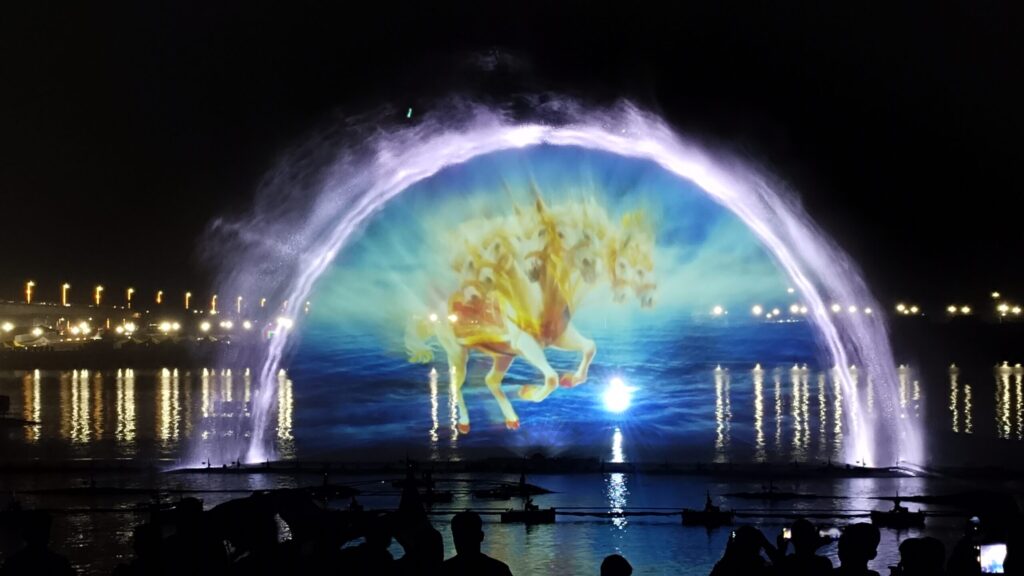
Hindu mythology presents us with Uchchaihshravas, a magnificent white horse with seven heads that emerged from the churning of the cosmic ocean during the Samudra Manthan (Ocean of Milk) creation myth. This extraordinary being stands apart from other winged horses through its multiple heads and its status as the first among all horses, considered the prototype from which all equines descended. Uchchaihshravas became the mount of Indra, king of the gods, symbolizing the divine power and authority wielded by this important deity in the Hindu pantheon. The name “Uchchaihshravas” translates to “he who neighs loudly,” suggesting the horse’s voice could be heard across cosmic distances, befitting a creature of such divine significance. In Hindu art and literature, this celestial steed represents not only divine transportation but also embodies qualities of power, speed, and transcendence that connect the earthly realm with the complex cosmology of multiple divine worlds.
Chollima: The Flying Horse of Korean Folklore
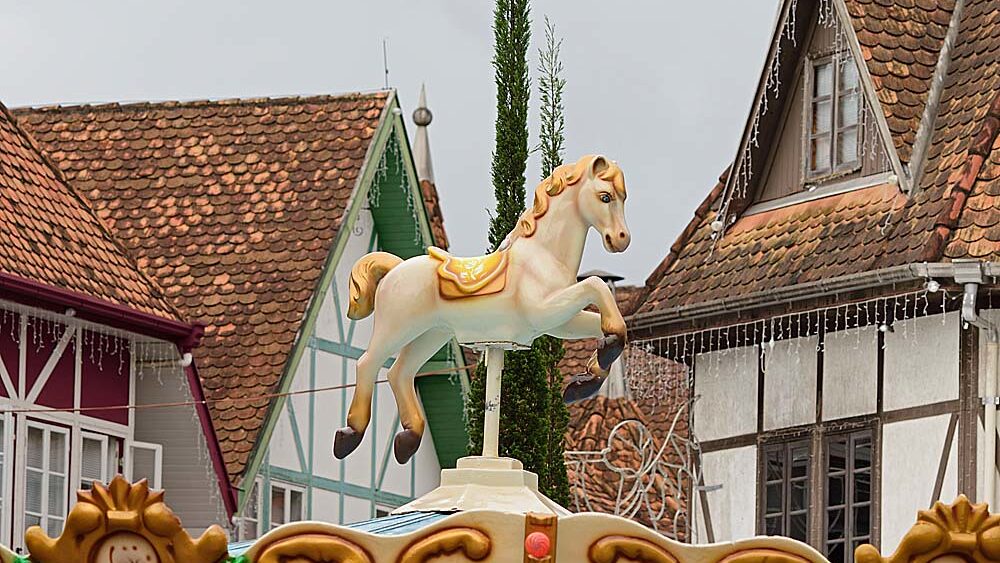
The legendary Chollima of Korean mythology represents extraordinary speed and the impossible made possible, described as a horse so swift it could travel 1,000 ri (approximately 400 kilometers) in a single day. While sometimes depicted with wings and sometimes achieving flight through sheer speed alone, this mythological creature became a powerful symbol of rapid progress and development in modern Korean history, particularly in North Korea where it lent its name to a national economic movement. Ancient Korean texts describe the Chollima as untamable by ordinary means, responding only to riders of exceptional character and purpose, suggesting its role as a discerner of worthiness similar to other mythological mounts. The imagery of Chollima adorns monuments and art throughout the Korean peninsula, most famously in the 46-meter tall Chollima Statue in Pyongyang that depicts the winged horse with two riders representing the industrial and agricultural workers. This enduring symbol demonstrates how ancient mythological figures can evolve to express modern national aspirations while maintaining their core qualities of extraordinariness and transcendence.
Indigenous American Flying Horse Traditions
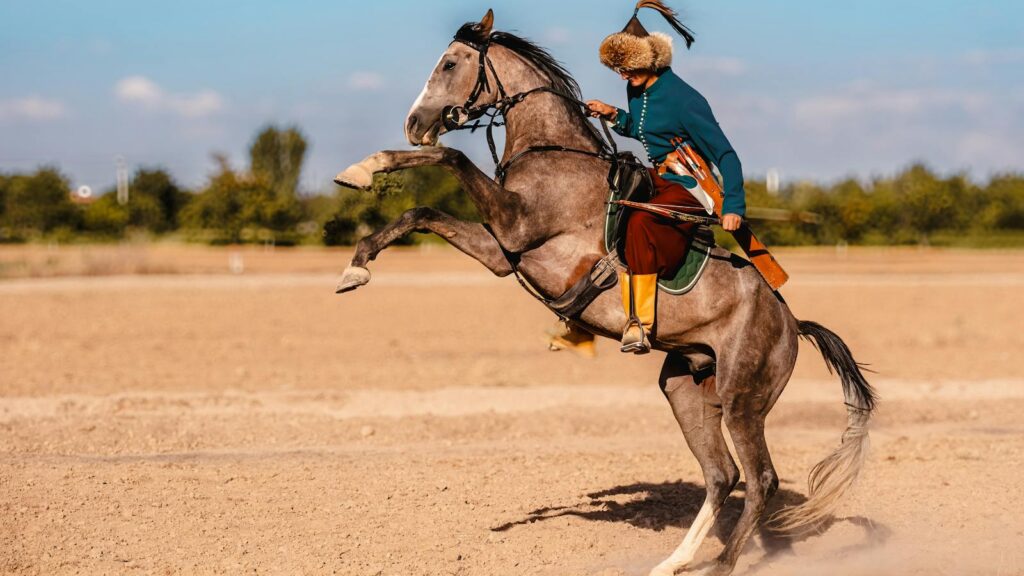
Among various Indigenous North American nations, flying horses entered mythology through a fascinating blend of traditional spiritual beliefs and post-contact cultural adaptation after the introduction of horses by European colonizers. The Blackfoot people, for example, developed stories of supernatural flying horses that served as messengers between humans and the spirit world, often appearing in visions to medicine people or those seeking spiritual guidance. In some Lakota traditions, horses with magical abilities, including flight, could carry shamans on spiritual journeys to gain healing knowledge or communicate with ancestors. The Pawnee incorporated flying horses into their star lore, connecting these magnificent beings to specific constellations and celestial events that guided their agricultural and ceremonial calendar. These adaptive mythologies demonstrate the profound impact horses had on Indigenous cultures and showcase how traditional cosmological frameworks expanded to incorporate new elements while maintaining essential spiritual principles about connection between worlds.
Haizum: The Lesser-Known Flying Steed of Archangel Gabriel
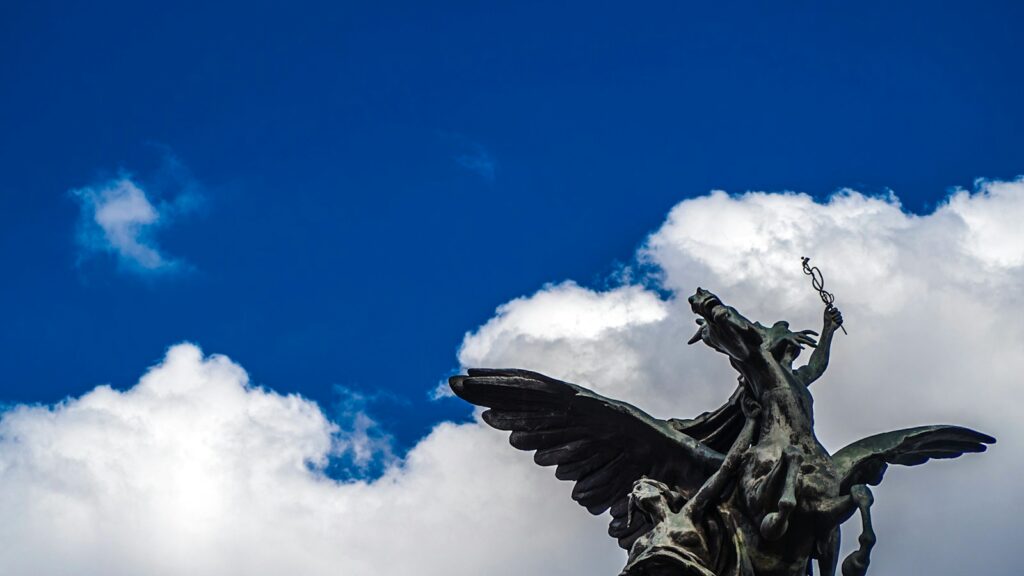
In certain Islamic traditions, particularly within Persian and Turkish folklore, Haizum appears as the magnificent flying horse of the Archangel Gabriel (Jibril), representing divine message-bearing and spiritual warfare. This celestial steed’s name derives from Arabic roots suggesting “determination” or “resolution,” reflecting its unwavering commitment to divine service and spiritual battles. According to some accounts, Haizum accompanied Gabriel during crucial moments in Islamic history, including the Battle of Badr where some traditions hold that Gabriel, mounted on this divine horse, came to the aid of the early Muslim community. Artistic depictions of Haizum often show the horse with wings of light or fire, emphasizing its status as a being composed of divine energy rather than physical matter. Unlike more widely known mythological horses, Haizum remains primarily significant in specialized religious contexts and mystical traditions, demonstrating how flying horse mythology extends even into the angelic hierarchies of monotheistic faiths.
Modern Interpretations and Cultural Impact
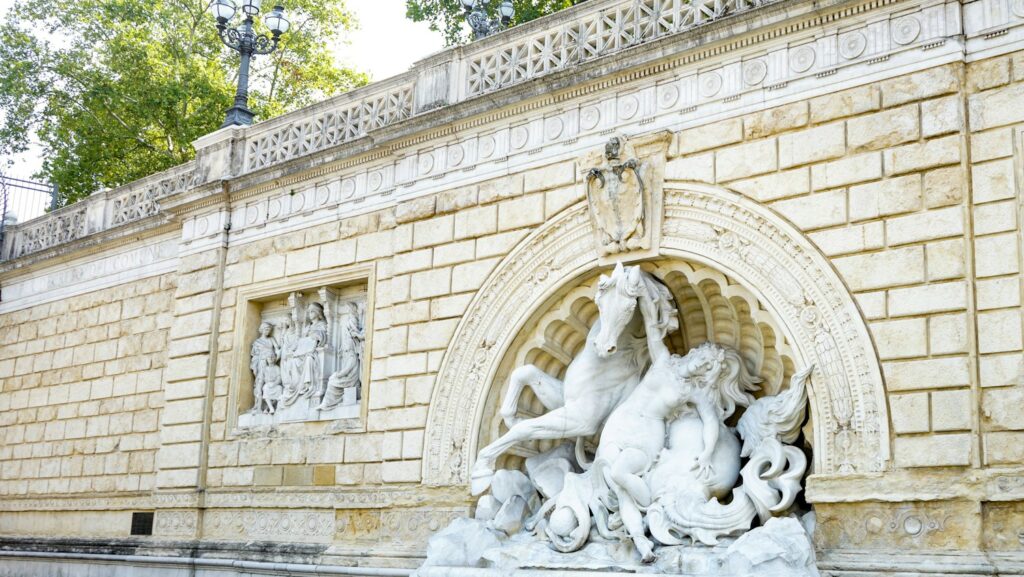
The enduring appeal of winged horses has guaranteed their prominent place in contemporary literature, film, and popular culture, where they continue to evolve while maintaining their core symbolic associations with freedom and transcendence. Fantasy literature has embraced flying horses in countless forms, from J.R.R. Tolkien’s Shadowfax (who, while not technically winged, moved “as if he had wings”) to the thestrals and hippogriffs of J.K. Rowling’s Harry Potter series, demonstrating how the archetype adapts to new magical systems and narrative contexts. Visual media has further expanded our relationship with these mythical creatures, with animated films like Disney’s “Hercules” reintroducing Pegasus to younger generations and fantasy films creating increasingly realistic depictions of winged equines through advanced special effects. The symbolism of winged horses appears in corporate logos, sports team mascots, and product branding, where they typically represent excellence, aspiration, and breaking free from limitations. This continued presence in modern iconography demonstrates how these ancient mythological beings remain relevant as powerful symbols of human aspiration and the desire to transcend ordinary limitations.
Comparative Analysis: Common Themes Across Cultural Traditions
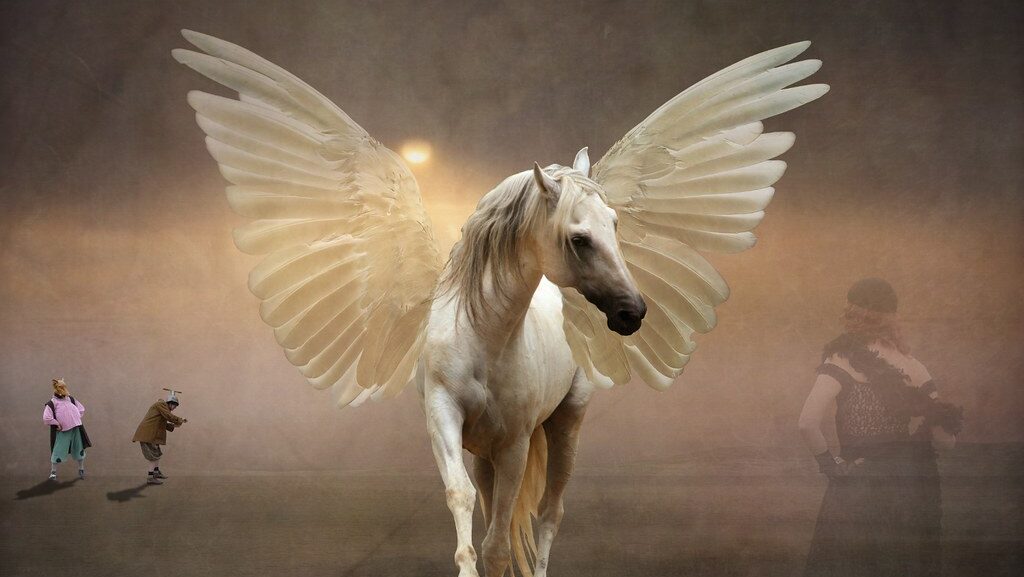
Despite emerging from vastly different cultural contexts, winged horses across world mythology share striking thematic similarities that reveal common patterns in human symbolic thinking. Nearly all traditions associate these creatures with mediation between worlds—whether connecting earth and heaven, the physical and spiritual realms, or the land of the living and the dead—suggesting a universal human fascination with transcending boundaries and accessing higher states of being. The selective nature of these horses appears consistently across cultures; from Pegasus allowing only Bellerophon to ride him to the Tulpar choosing worthy individuals for protection, flying horses typically exercise discernment about whom they serve, representing the selective nature of divine favor or spiritual insight. The association with speed beyond normal physical limitations appears universally, reflecting how these creatures embody not just flight but an acceleration of experience that transcends ordinary time and space constraints. These cross-cultural patterns suggest that winged horses fulfill similar psychological and spiritual functions across human societies, expressing our shared aspiration toward freedom, enlightenment, and connection with forces beyond the material world.
Conclusion: The Timeless Appeal of Winged Horses
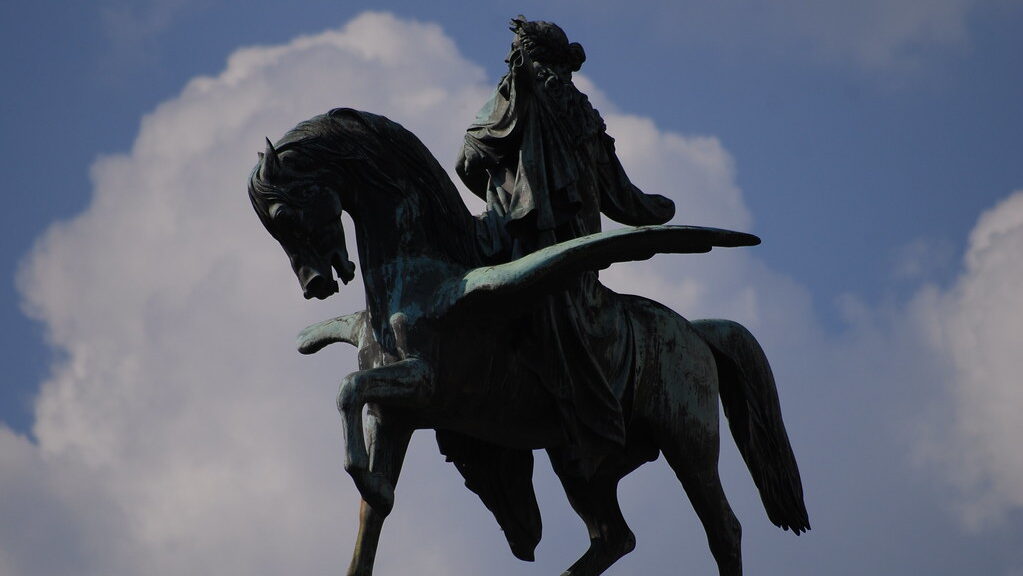
The mythology of winged horses continues to resonate across cultures and through time because these magnificent creatures embody a fundamentally human desire—to transcend our physical limitations and connect with something greater than ourselves. From Pegasus to Tianma, Al-Buraq to Chollima, these divine steeds represent not just magical thinking but profound symbolic expressions of spiritual aspiration, creative inspiration, and the quest for freedom. Their persistence in modern imagination demonstrates how deeply these symbols are embedded in our collective consciousness, continuing to evolve while maintaining their essential qualities. As we continue to tell stories of horses that defy gravity and carry riders between worlds, we participate in an ancient tradition of using these powerful images to express our highest aspirations. The winged horse, in all its cultural variations, remains one of mythology’s most beautiful and enduring symbols—a creature that, through the power of human imagination, continues to lift us skyward and connect us to the transcendent possibilities that exist beyond our ordinary experience.

